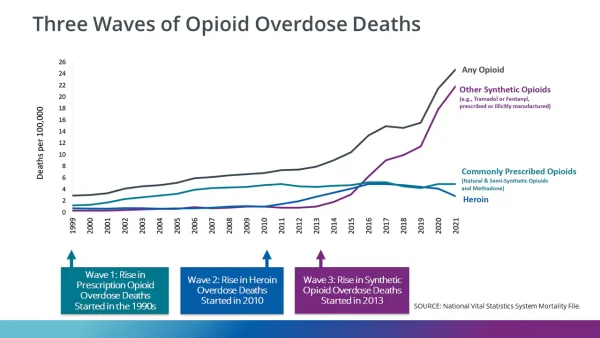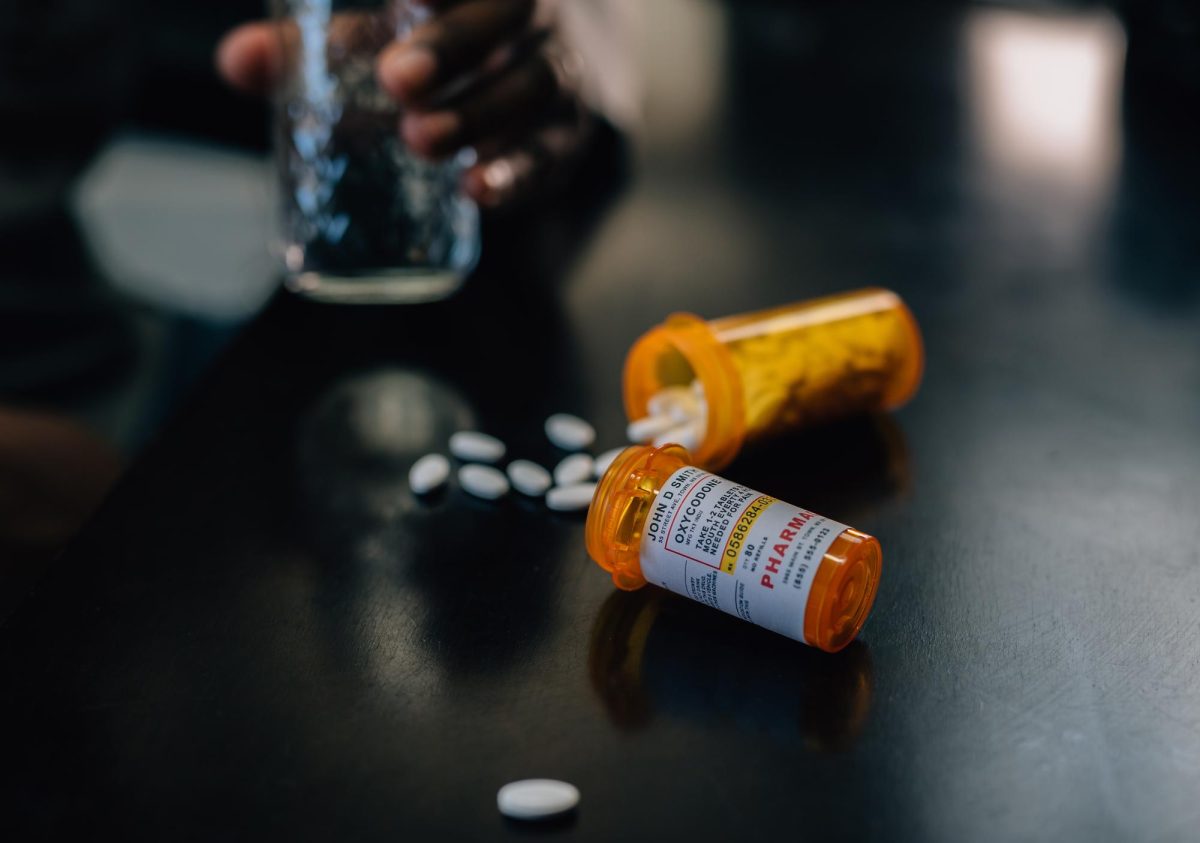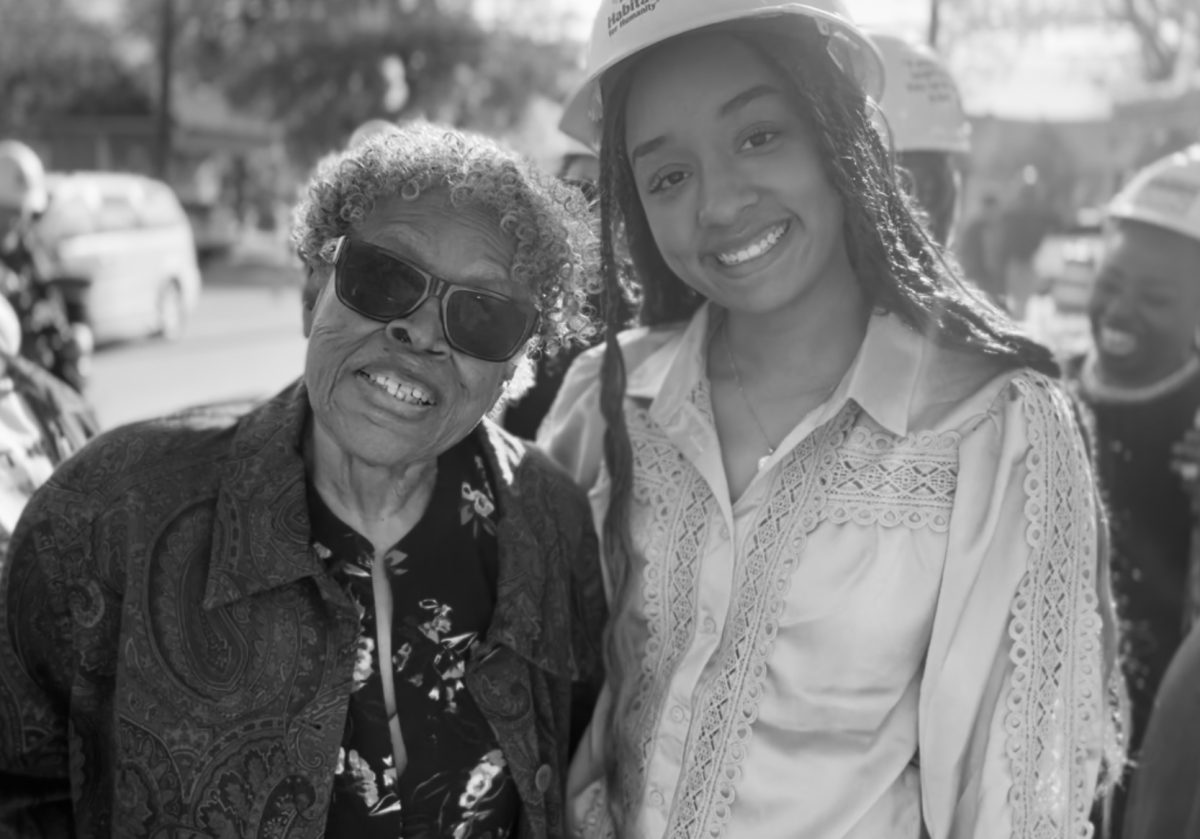The opioid epidemic stands as a significant and urgent challenge, leaving a profound impact on individuals and communities worldwide. As of 2021, the National Institute on Drug Abuse reported staggering figures, with over 80,000 deaths involving any opioid and over 16,000 deaths linked to prescription opioids. These statistics reflect the alarming scale of the crisis and the urgent need for effective intervention strategies.
To understand the opioid epidemic, it is essential to grasp the nature of opioids themselves. Opioids make up a diverse class of drugs, encompassing both natural derivatives, such as morphine and codeine, as well as synthetic compounds like oxycodone, hydrocodone, and heroin. Healthcare providers prescribed these substances to manage pain, owing to their ability to bind to specific receptors in the brain and spinal cord, blocking pain signals and inducing sensations of relaxation and euphoria.
Of particular concern within the opioid epidemic is emerging fentanyl, a potent synthetic opioid. Fentanyl’s exceptional potency and increasing prevalence in illicit drug markets have exacerbated the crisis, contributing to a surge in overdose deaths and posing significant challenges for public health and law enforcement efforts.
In an interview Kristi Fernandez, of Strasburg, Virginia, embarked on an understanding following the tragic overdose death of her son, Jessie, a talented athlete with immense potential. At 19 years old, Jesse, once a well known as a star football player in high school, died of a heroin overdose. His untimely death sent shockwaves through the small town of Roanoke where he lived, which witnessed a sudden and devastating escalation of the opioid epidemic.
From a handful of known heroin users, the community found it was fighting with the harsh reality of over a hundred individuals ensnared by addiction overnight. In her interview with them she describes feeling trying to “seek redemption and find out why he died” later on they would discover her son was descending from the use of painkillers intended for a sports injury, Jesse’s path veered into the grip of addiction, leading to a fatal overdose on the floor of a bathroom.

To gain deeper insights into the profound struggles associated with opioid addiction, I read into the pages of Beth Macy’s hit book Dope sick: Dealers, Doctors, and the Drug Company That Addicted America. This clarifying reading depicts the experiences of individuals and families grappling with addiction, offering a touching glimpse into their trials and tragedies. The book covers every aspect of the opioid epidemic’s history and consequences in great detail.
At its foundation, Dope sick traces the origins of the opioid crisis back to the late 1990s,The drug OxyContin which was similar to opioids promised long-lasting pain relief with minimal addiction risk. However, as users discovered ways to abuse the drug, dependence and addiction skyrocketed, fueling a devastating epidemic that tore communities across America. Purdue Pharma, the company behind OxyContin, played a pivotal role in adding fuel to the fire during the crisis through aggressive marketing tactics that downplayed the drug’s addictive potential.
In 2020, Purdue Pharma entered a plea of guilty to three criminal charges, acknowledging its liability for $8 billion in criminal and civil penalties. The fines were designated to be allocated to state and local governments, which are tasked with managing the repercussions of the opioid crisis. However, the disbursement of these funds was contingent upon Purdue Pharma reaching an agreement in bankruptcy court.
One aspect of the book that resonates deeply is its exploration of the perspectives and efforts of law enforcement agencies in combating drug trafficking. The challenges they face in addressing the large amount of cheap heroin and fentanyl in communities provide valuable insights into the opioid epidemic. For example, in the latter part of 2017, Shannon McCarty’s journey toward breaking free from heroin and methamphetamine addiction was catalyzed by two pivotal factors: interpersonal connections and the timing that was opportune.
Encountering Everett police officer Inci Yarkut, who extended a hand of support rather than condemnation, proved to be a crucial turning point for Shannon, guiding her towards seeking assistance. Yarkut’s compassionate approach, typical of the alternative approach adopted by the Everett Police Department to aid those grappling with addiction, profoundly influenced Shannon’s trajectory. Despite enduring a turbulent past marked by childhood adversity and adult struggles with chronic pain and mental health challenges, Shannon reached a critical juncture when she resolved to embrace life.
Dope sick tells very accurate tales of what happened during this time. It researches and draws upon a wealth of firsthand accounts, interviews, and archival sources. The author, Beth Macy, demonstrates a commitment to presenting a balanced and thorough portrayal of the opioid epidemic.

Overall, Dope sick serves as an exploration of one of the most pressing public health crises of our time. While it may not capture every facet of the opioid epidemic, its research makes it a valuable contribution to our understanding of addiction and its far-reaching effects on individuals, families, and communities.
I also interviewed 3 people to help me understand the opioid crisis more in America: Nurse Enlow, Ms. McCauley-Moore, and my grandfather. In the interview with Nurse Enlow, she talks about a moment when she was first becoming a nurse and worked at a hospital. She described the JCAHO (The Joint Commission on Accreditation of Healthcare Organizations) rules and regulations and how they must provide staff and licensed practitioners with updated information on pain management and safe opioid use. Also Clinicians should also have easy access to referral information for patients dealing with opioid abuse or dependence, potentially utilizing resources like SAMHSA’s (Substance Abuse and Mental Health Services Administration) Directory of opioid treatment programs.
I interviewed journalism teacher Mrs. McCauley-Moore. She talked about what she has learned about from covering news for over 15 years. She doesn’t understand why there is a problem with factual reporting of opioid deaths, which leads to incorrect reports and an unclear picture of how far reaching the opioid crisis has truly become. She also shares her opinion that some people in our society seem to continuously turn to opioids or drugs as a way of escapism. McCauley-Moore also points out a statistic that was just astonishing to me; that Americans are more likely to die from an opioid overdose than a car crash or suicide. The likelihood of dying from opioid use in the U.S. increased from lifetime odds of one in 96 in 2017 to one in 67 in 2020.
Finally, I interviewed my grandfather, Ulysses Mckinney. We talked about the amount of people in the Dallas-Fort Worth Metroplex doing illicit drugs and substance use. He showed me a website from the SAMHSA (Substance Abuse and Mental Health Services Administration). In the DFW area, the percentage of people over the age of 12 who take any illicit drug is 13.2%, compared to the national percentage of 14.7%. Also in the DFW metroplex 5.2% of people 12 or older take prescription pain relievers, while the national percentage it 4.9%.
Can we as a nation consider this event historical? No, we cannot. While we as a country have made efforts to address the opioid epidemic, it is still ongoing, with consequences such as addiction, overdose deaths, and effects on families and communities. These effects are nation from coast to coast, all we can do is hope that this won’t affect a family member or even a friend.
Primary Sources
Adubato, Steve. 2023. “One-On-One | Dopesick Author Talks Purdue Pharma and the Opioid Crisis | Season 2023 | Episode 2660 | PBS.” Www.pbs.org. 2023.
“Drug Overdose Death Rates.” 2023. National Institute on Drug Abuse. National Institutes of Health. June 30, 2023.
McNeil, Greg. 2019. “Ep. 224 – Dopesick: The Loss of a Son and One Parent’s Search for Answers – Part 5.” Cover2.org. January 17, 2019.
Secondary Sources
Totenberg, Nina. 2023. “Purdue Pharma, Sacklers’ OxyContin Settlement Lands at the Supreme Court.” NPR. December 4, 2023.
Boiko-Weyrauch, Anna. 2019. “Tired of Being ‘Dope Sick,’ a Drug User Gets Help from Police to Get Sober.” NPR. NPR. May 26, 2019.
“Pain Assessment and Management – Understanding the Requirements | Hospital and Hospital Clinics | Leadership LD | the Joint Commission.” 2017. Www.jointcommission.org. October 18, 2017.
Chanell Baylor. 2022. “Medication-Assisted Treatment (MAT) | SAMHSA – Substance Abuse and Mental Health Services Administration.” Samhsa.gov. July 25, 2022.
“Infographic: Opioids More Likely to Kill than Car Crashes or Suicide.” 2022. Statista Daily Data. May 6, 2022. .
“Substance Use and Mental Disorders in the Dallas-Fort Worth-Arlington MSA.” 2011.











































